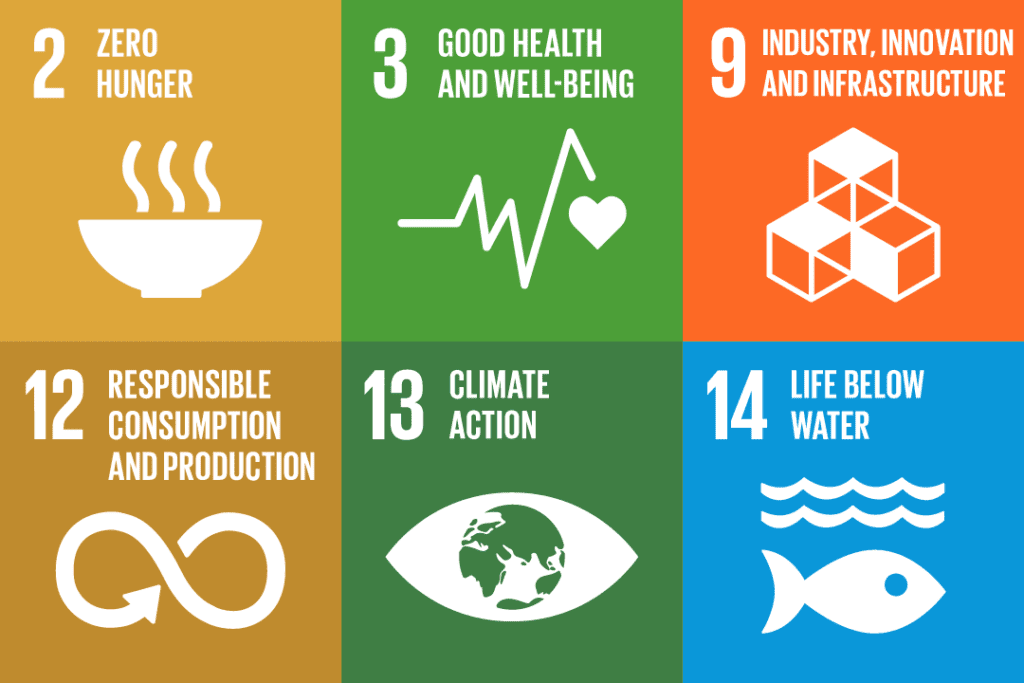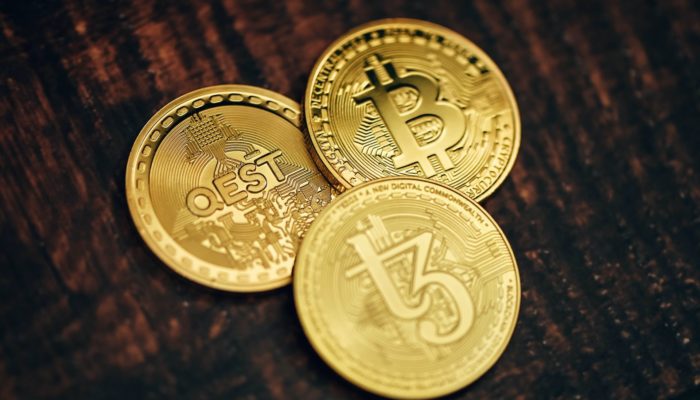3D printing is a topic gaining traction these days. At the push of a button, anything from bones and pizza to buildings and clothes can be manufactured from home. Obviously, thousands of industries will be disrupted by this technology. Once everything becomes printable, stores and manufactories will cease to be relevant as will delivery services. Companies might need to stop selling products and start selling designs for 3D printers instead. As you can see, 3D printing will enable us to build a very different world from the one we’ve been living in now. That’s both very exciting and slightly scary.
Let’s look at how and in which areas 3D printing can change our world.
The Potential of 3D Printing
3D printing has the potential to impact many different areas of our lives. Everything from medicine, restaurants, and fashion to architecture, space travel, and rapid prototyping will be influenced by the spreading of 3D printing. How? Let’s go through them one by one.
- Medicine: 3D printing will allow us to produce bones, muscles, organs and much more. Already the bones and muscles of animals have been successfully printed and transplanted. For years we’ve had a lack of organ donors. These times might soon have passed.
- Restaurants: Pastries, pizzas and pancakes have already been printed, and more dishes are sure to follow soon. With 3D printing you can get a taste of the whole world and print everything from a quick kebab to a five star Michelin dish. Printing food would make eating healthy way easier and also free up a lot of time otherwise spent on preparing meals.
- Fashion: Although it’s still hard to produce clothes that are as flexible and as smooth as regular clothes, great progress is made all the time. With the help of 3D printing, designer fashion and customized clothes could become available for everyone for the first time. It would also make the clothes production a lot more sustainable as less materials would be used as well as less water for the production.
- Architecture: When architects design buildings, they often have to create a 3D model, which is time consuming and expensive to do – at least that was the case until 3D printing entered the scene. Now that part of the process can be made swiftly and inexpensively. Apart from modeling, 3D printing can also be used to build actual things such as this bridge in Madrid, Spain.
- Space travel: Transporting materials into space is extremely costly. Materials take up space and add weight, so printing what is needed when it is needed would be a major game changer for the space travel industry. Find more about space here.
- Rapid prototyping: To conduct proper user testing for new inventions prototypes need to be built and their design improved in several iterations. Again, time and costs are tricky obstacles which could be removed by 3D printing.
What runs through these examples like a red thread are how much cheaper and faster production of items would become, how much more individualized products could be, and how much more sustainable the whole process would look. It’s a very cool and healthy development that could bring us a major leap closer to reaching the Sustainable Development Goals, for example these:

But of course, this would have a major impact on the way we work and the way we live. Many production and distribution jobs would be disrupted (e.g. think of Amazon – if everything could be printed, people would have little incentive to buy stuff online), but many new industries would also emerge. Our waste system would have to be rethought completely: Because it’s possible to decompose 3D printed products to print new stuff with the materials, you would have to throw away fewer things, and the things you would still throw away could be turned into materials other people could feed their 3D printers with. Less plastic in the oceans, less resources used for manufacturing, and less fuel used for transporting goods would be the result.
Perhaps the number one benefit of 3D printing is how it democratizes the whole production process. No company can monopolize a product if everyone has a 3D printer at home and designs are downloadable and shareable. Everyone could start designing and individualizing products without any more waste being produced. I don’t know about you, but I think that sounds pretty cool 👉 #printepicshit
The world changed completely with the industrial revolution. The world is likely to change just as thoroughly with the 3D printing revolution. Exciting times ahoy!



